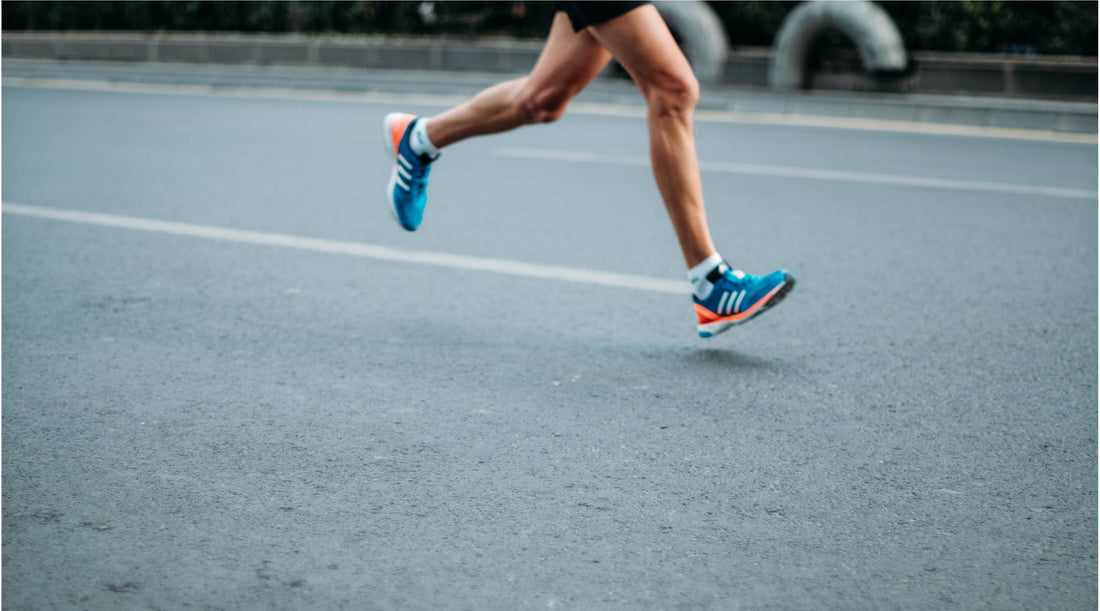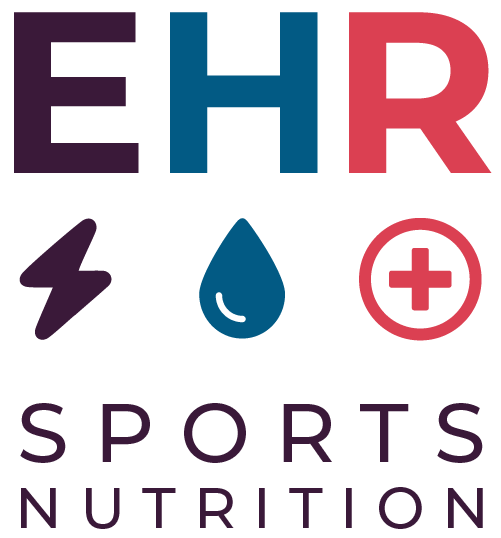
What are Energy Gels?
Share
Struggling to navigate the world of these weird-looking tubes of gel? What are they for? Who uses them? And most importantly do you need them?
Basically, the body should have enough fuel for a 60-90 minute run without needing any fuel to keep you going. After this, people use energy to 'refuel' their bodies, which in the simplest form means taking on carbs.
A 'basic' energy gel will have some carbs in a form that the body can consume quickly. Not wanting to lose you in science here but there are various makeups using different ratios of maltodextrins, fructose and glucose. The best advice would be to try a few and see what suits your body the best.
On top of the 'standard' ingredients, others might have added caffeine which can help to get blood to your muscles or electrolytes to help with hydration.
How many gels do I need?
It's recommended that you take on 30-60g carbs per hour during your first 3 hours of exercise. If you're still going after that then you can up it to 60-90g per hour. Most gels come in at around 20-25g of carbs so a couple of these per hour

should see you through. This is all dependent on the intensity of your workout/run/cycle so it's an idea to try out a strategy that works for you. Everyone's metabolism is different so it's hard to give a straight answer.
If you haven't used a gel before, it's a good idea to start with a basic isotonic gel, like the SIS GO Isotonic. They're one of the market leaders and work for most people.
Who uses energy gels?
As the name suggests these gels are designed to provide 'energy' so they can be used by anyone that needs it. This might be runners, swimmers, cyclists or triathletes to name a few, but it can also be used by people going to the gym or even those that are doing long stretches of manual labour. If you want to have a look at all of our energy products check them out here.
When do I take energy gels?
If you consume a gel before you go out and exercise you should be good to go for 90 minutes, following that usually 2 per hour works ok. Again, you need to listen to your body here, don't give yourself an upset stomach but also don't wait until you feel hungry. Start to plan out your energy and hydration strategy as part of your training plan.
Keep hydrated

Make sure you're keeping hydrated too. Some gels will contain electrolytes which can help with your hydration, but it's still a good idea to keep taking fluids alongside your fuelling strategy. Water is fine for this, but if you want a boost you could look at hydration supplements.
In summary
Energy gels are great at boosting your energy level and are easy to use whilst you're exercising. Remember, everyone is different and like with your trainers, equipment and pacing it's important that you incorporate the right products at the right time for your body.
You can also use alternative energy sources like energy chews, bars, bananas and drinks.
Good luck with your fuelling strategy and if you need any more advice, just get in touch with us here.
